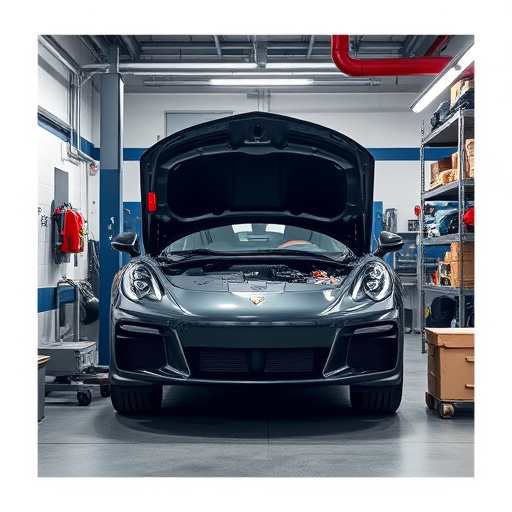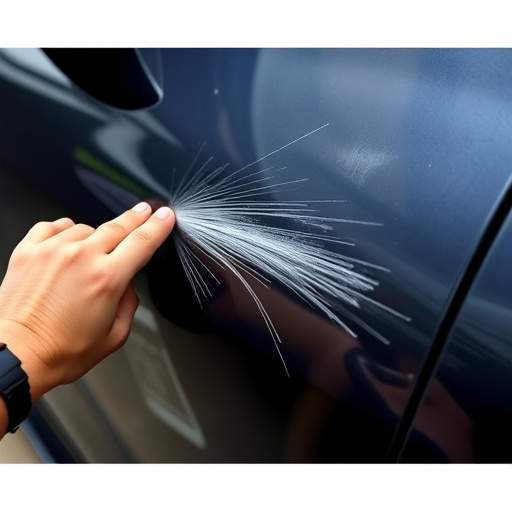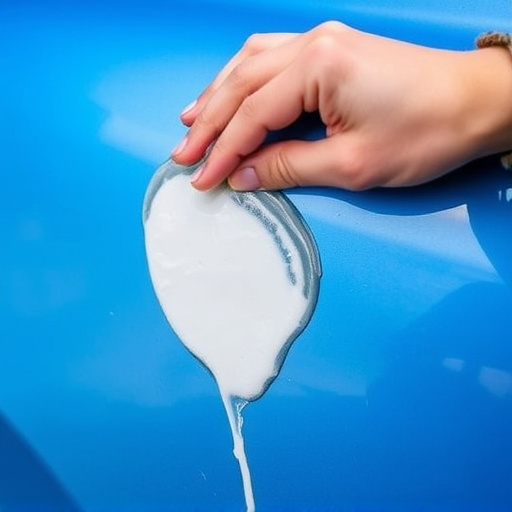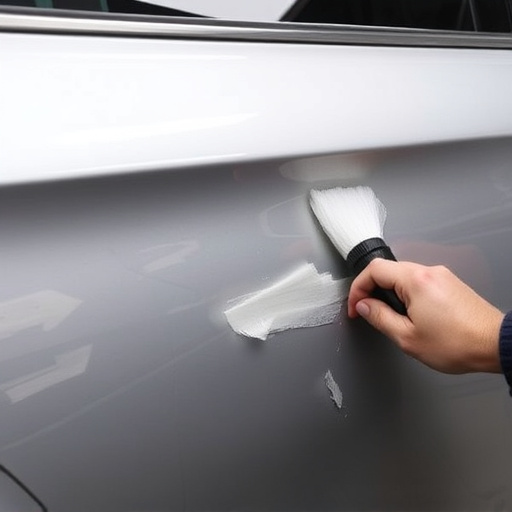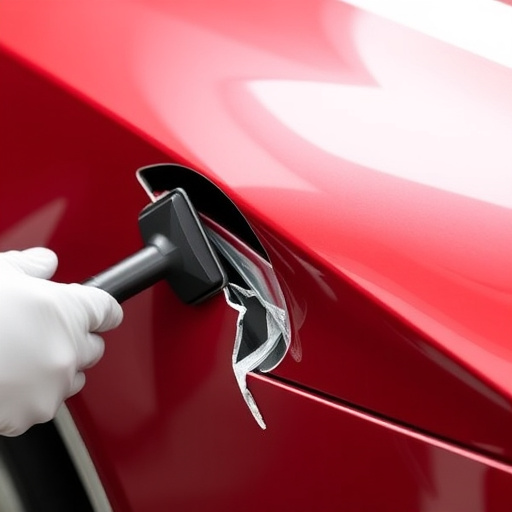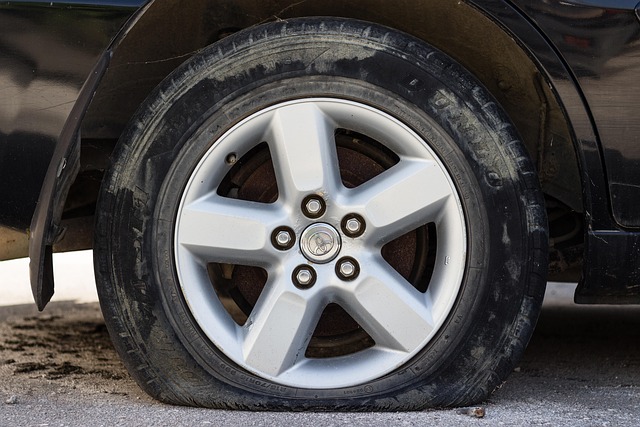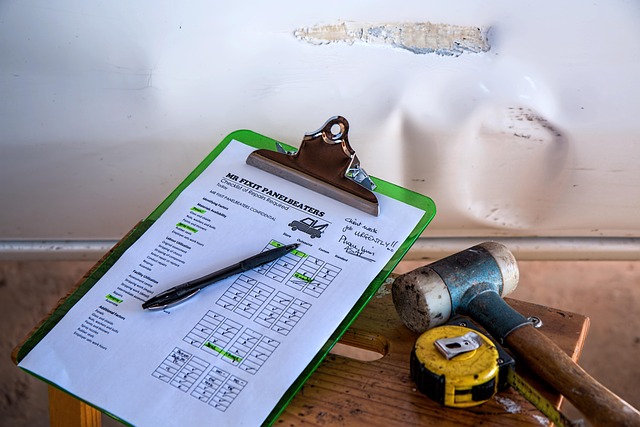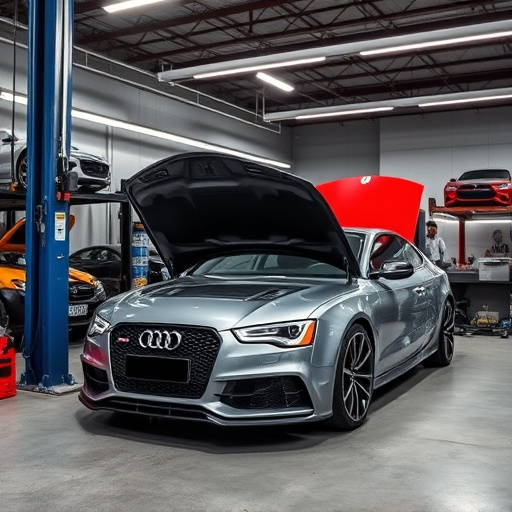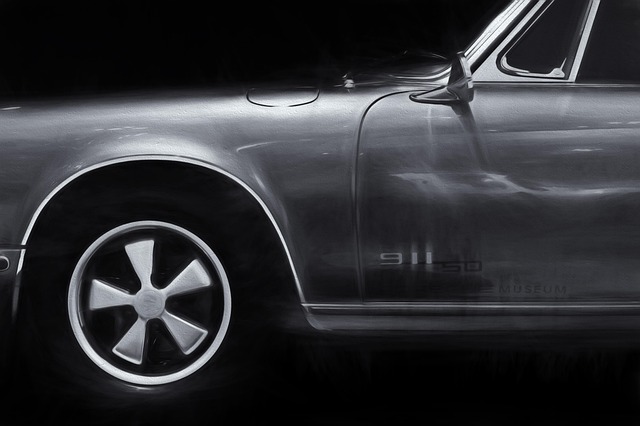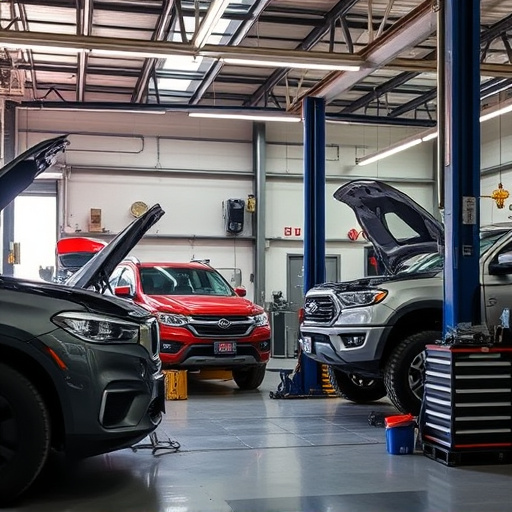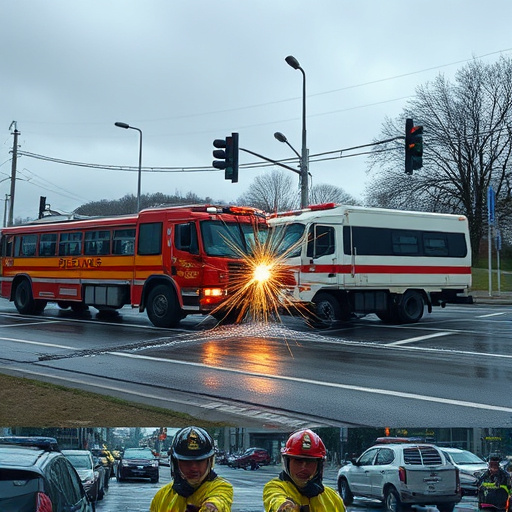Choosing the right PDR techniques is vital for auto repair shops to handle diverse vehicle damage levels, from minor scratches to severe dents. Skilled technicians select methods like tab/clip for simple repairs or advanced tools for complex cases, ensuring minimal restoration signs and preserving original finishes. Advanced PDR is indispensable for classic car restorations and intricate repairs, addressing crimped panels, deep scratches, and structural issues with specialized equipment.
In the realm of automotive repair, understanding when to employ specific PDR (Paintless Dent Repair) techniques is key. This article guides you through the intricacies of PDR suitability, offering insights on recognizing vehicle damage and selecting the right technique for optimal results. From basic scratch repairs to advanced panel replacements, we explore chosen PDR methods. By the end, you’ll be equipped to navigate complex repairs with confidence, ensuring your vehicles return to their pristine condition without extensive painting.
- Understanding Vehicle Damage and PDR Suitability
- Choosing the Right Technique for Scratches and Dents
- Advanced PDR for Complex Repairs and Panels
Understanding Vehicle Damage and PDR Suitability
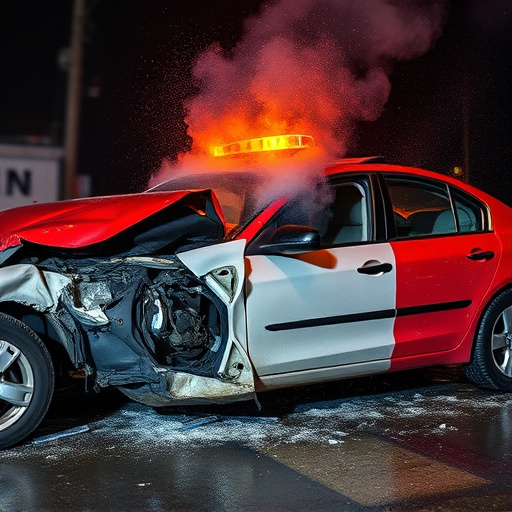
Understanding Vehicle Damage and PDR Suitability
When it comes to vehicle damage, every auto repair shop faces a unique set of challenges. Different car models, from luxury brands like Mercedes Benz to more common makes, exhibit varying levels of complexity when it comes to repairs. For instance, a fender bender might leave minimal impact on a modern sedan but could cause intricate issues with a complex automotive design. In such cases, knowing which PDR techniques are suitable for each vehicle is crucial. Professional car body repair experts leverage their skills and experience to assess damage, ensuring the most effective and efficient restoration methods are employed.
Evaluating the extent of damage is only the first step. Auto repair shops must also consider the specific characteristics of the vehicle and its construction. For example, certain PDR techniques might be more appropriate for lighter-weight vehicles with simpler body structures, while others better suit heavy-duty cars or those with intricate metalwork. Understanding these nuances enables technicians to select the right PDR techniques for each project, ensuring optimal results in every auto repair job.
Choosing the Right Technique for Scratches and Dents
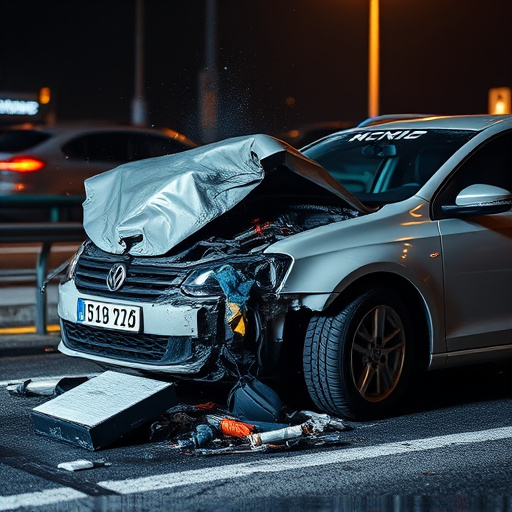
When it comes to repairing scratches and dents on vehicles, selecting the appropriate PDR (Paintless Dent Repair) technique is paramount. The condition and type of damage play a significant role in determining the best approach. For shallow scratches and minor dents, techniques like the ‘tab’ method or ‘clip’ system are ideal as they allow for precise adjustments without causing further damage to the paintwork. These methods gently pull the dent out from behind, leaving minimal signs of repair.
For more extensive dents or complex shapes, advanced PDR techniques such as the ‘dent removal tool’ or ‘airbag-assisted’ methods might be required. Mercedes Benz collision repair specialists, for instance, often employ these specialized tools to handle various vehicle repairs effectively. The key is to assess the damage thoroughly and choose a technique that offers the best results while ensuring the vehicle’s original finish is preserved, making it an essential consideration in the realm of vehicle repair.
Advanced PDR for Complex Repairs and Panels
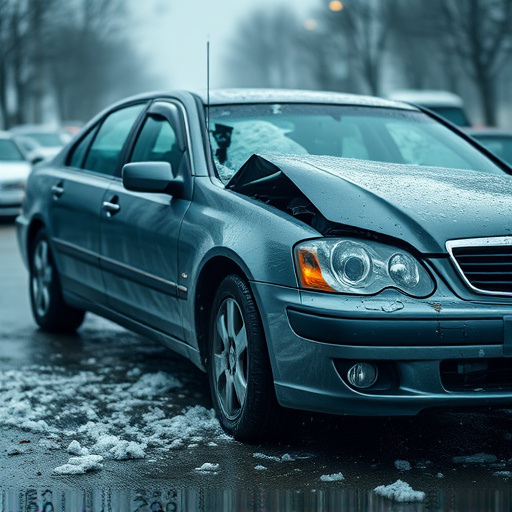
In the realm of automotive repairs, Professional Detailing and Repair (PDR) techniques are essential for achieving flawless results, especially in complex scenarios. When a vehicle sustains significant damage, such as in a classic car restoration or when dealing with intricate auto body shop repairs, advanced PDR methods become indispensable. These techniques enable technicians to expertly address challenging issues related to crimped panels, deep scratches, and even major structural deformities.
Specialized equipment and skilled practitioners are required for these intricate tasks. Auto body shops that offer such advanced PDR services can restore vehicles to their pre-accident condition or even enhance their aesthetics beyond the original specifications. This level of expertise is vital for car repair shops aiming to cater to demanding customers who seek nothing but the best, be it for a classic car’s meticulous restoration or a modern vehicle’s meticulous refurbishment.
Knowing when to employ specific PDR (Paintless Dent Repair) techniques is paramount for achieving optimal vehicle restoration. From basic scratch repairs to complex panel damage, understanding the suitability of each method ensures efficient and effective results. By mastering different PDR techniques, professionals can navigate a wide range of automotive dent issues, providing customers with top-notch, cost-effective solutions without compromising on quality or aesthetics.
